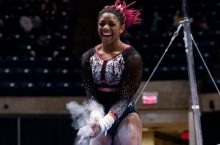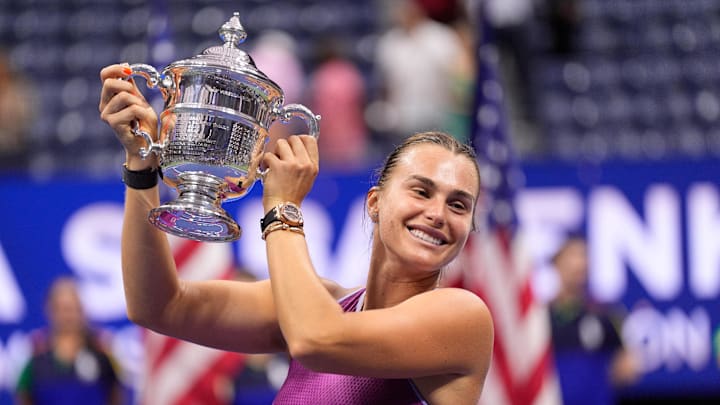Like Gauff and Osaka, Sabalenka’s cultural presence is amplified by her use of social media. With its restrictive media rights, fragmented programming and low exposure for WTA tournaments versus their ATP counterparts, tennis’ limited discoverability means that being a Coco Gauff, Naomi Osaka or Aryna Sabalenka fan is much easier than being a tennis fan […]
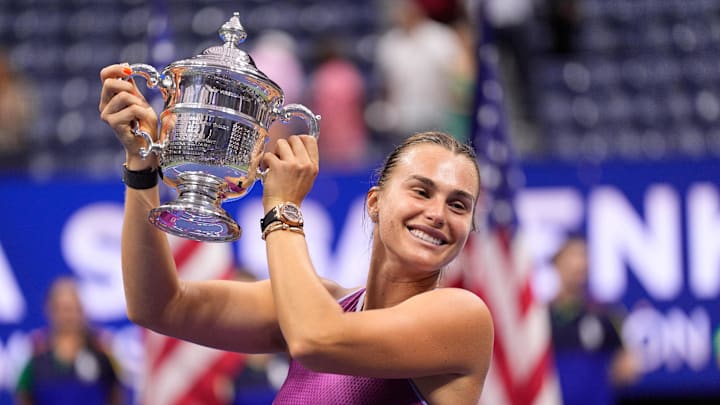
Like Gauff and Osaka, Sabalenka’s cultural presence is amplified by her use of social media. With its restrictive media rights, fragmented programming and low exposure for WTA tournaments versus their ATP counterparts, tennis’ limited discoverability means that being a Coco Gauff, Naomi Osaka or Aryna Sabalenka fan is much easier than being a tennis fan who likes those players. Sabalenka’s use of TikTok, in which she takes part in dance trends with her rivals and her team, has helped to raise her profile off the court.Tennis is a sports marketing moneymaker because of its status as one of the biggest truly global individual sports. Fans attach themselves not just to tennis players and their fortunes at tournaments, but to their kits, rackets and personalities off the court. The four majors are the most important shop windows and Grand Slam success is the most direct and lucrative route to sponsorships and endorsements, but the biggest stars in the sport — and the most marketable players — transcend tennis. Gauff created a clothing line for American Eagle; Alcaraz and Jannik Sinner model for Louis Vuitton and Gucci; Osaka lit the Olympic flame at the 2021 Tokyo Games.
When Kei Nishikori became the first Asian man to reach a Grand Slam final in 2014, he created a slew of endorsements that, half a decade later, were bringing in m every year. They included a Kei Jaguar car, Nissin Nishikori noodles and an alcohol-free beer from Asahi. Osaka’s Japanese heritage and place at the intersection of sport and pop culture in America has monumental appeal for sponsors.



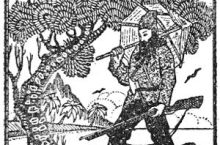










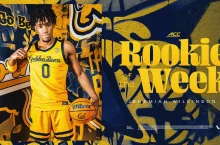

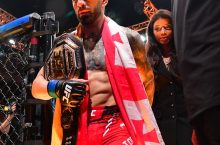






 #McLaren #F1 #Gingerbread #CapCu…
#McLaren #F1 #Gingerbread #CapCu…



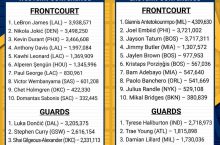
 #NBA #basketball #NBAXmas #Jalen…
#NBA #basketball #NBAXmas #Jalen…


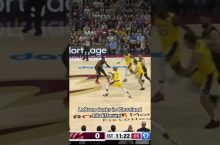
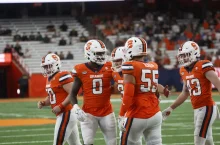






 #rugby #haka
#rugby #haka








